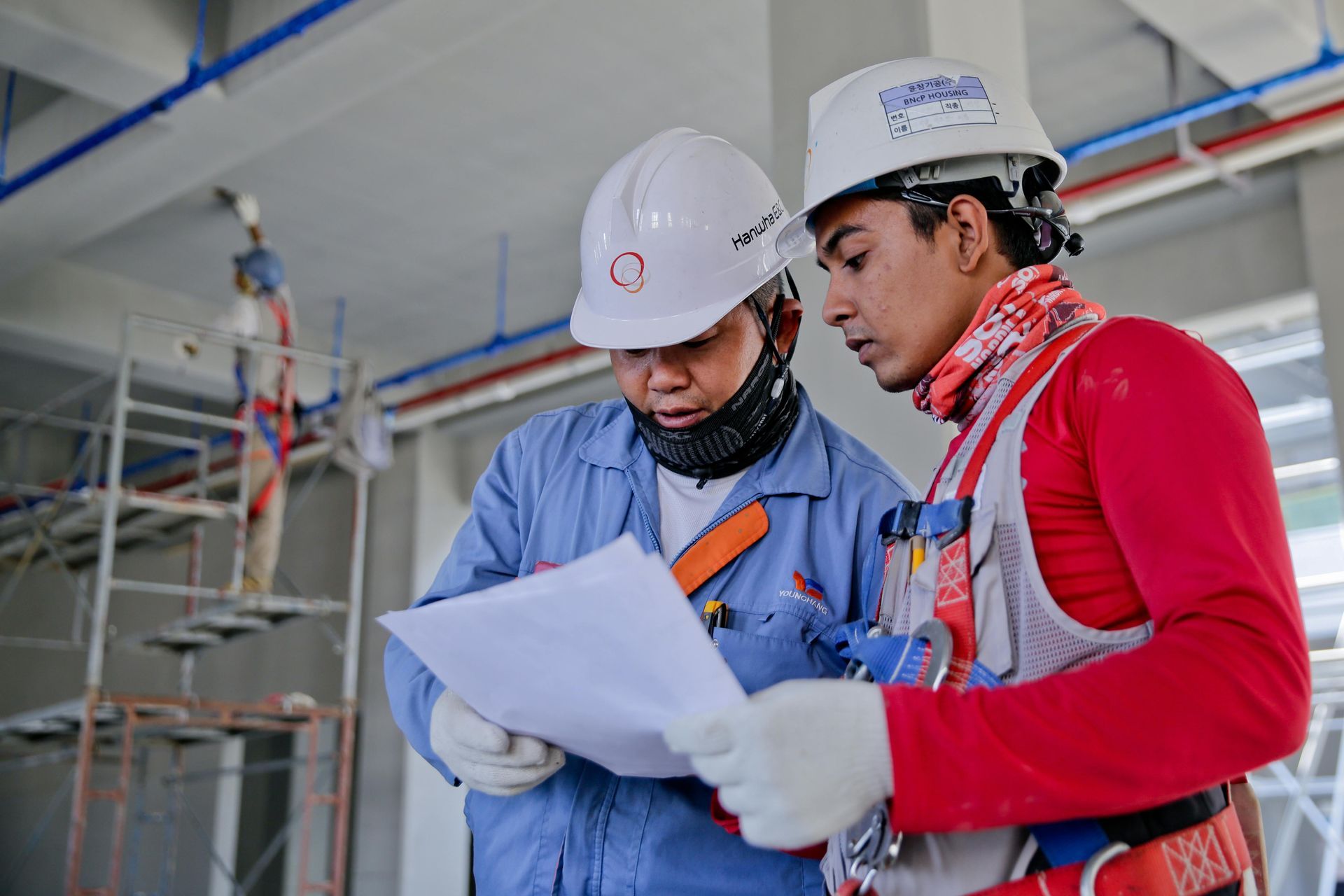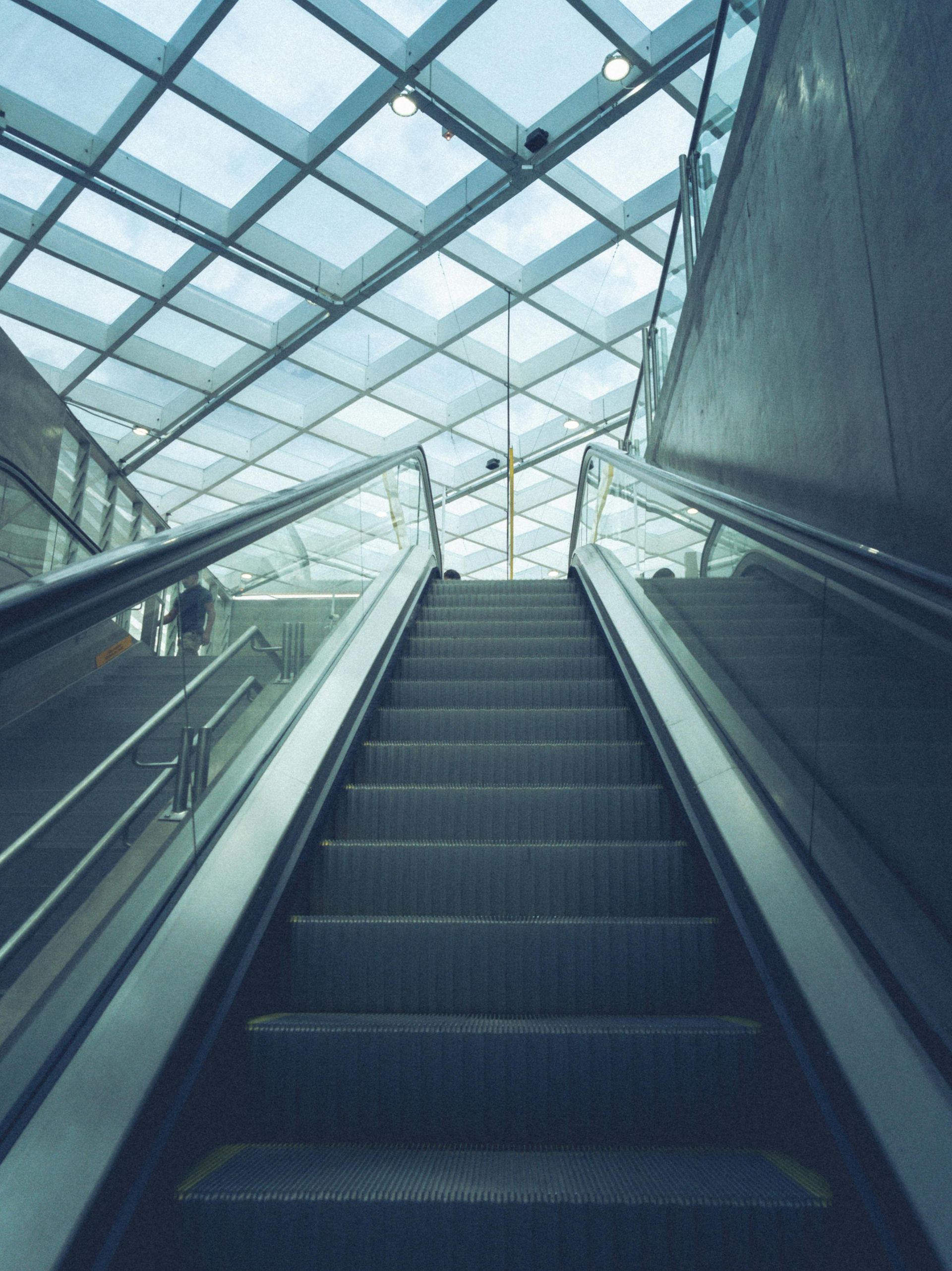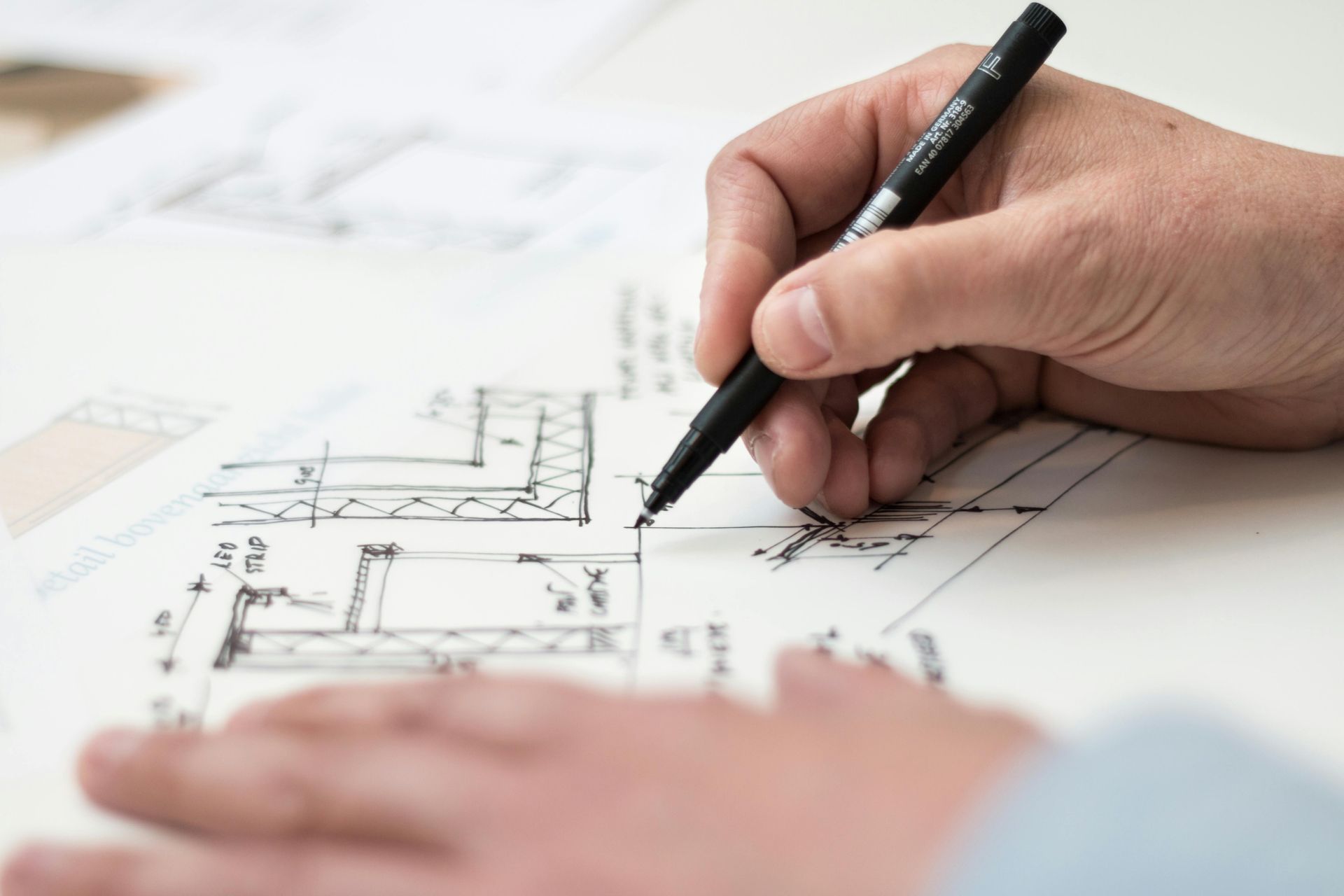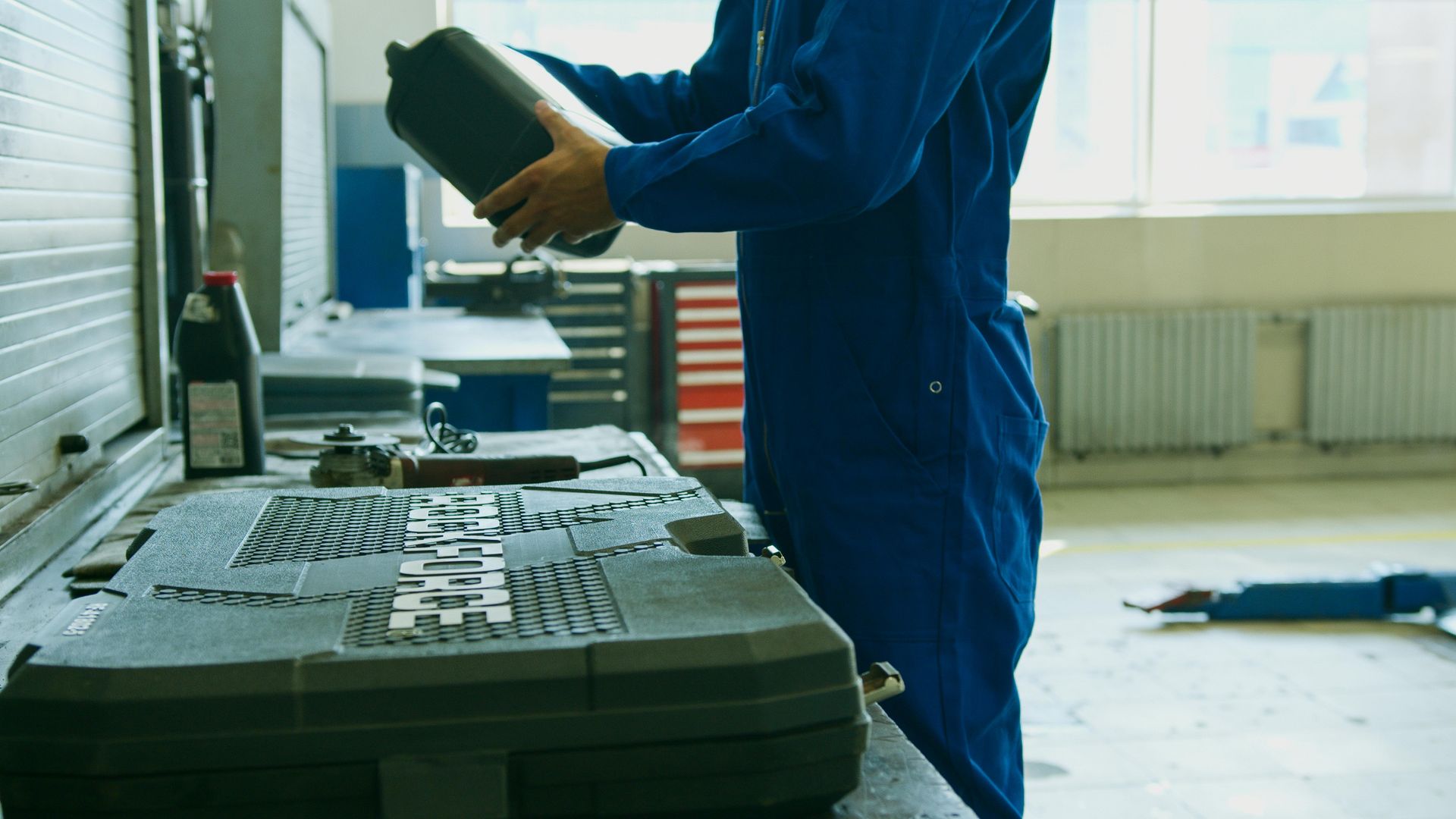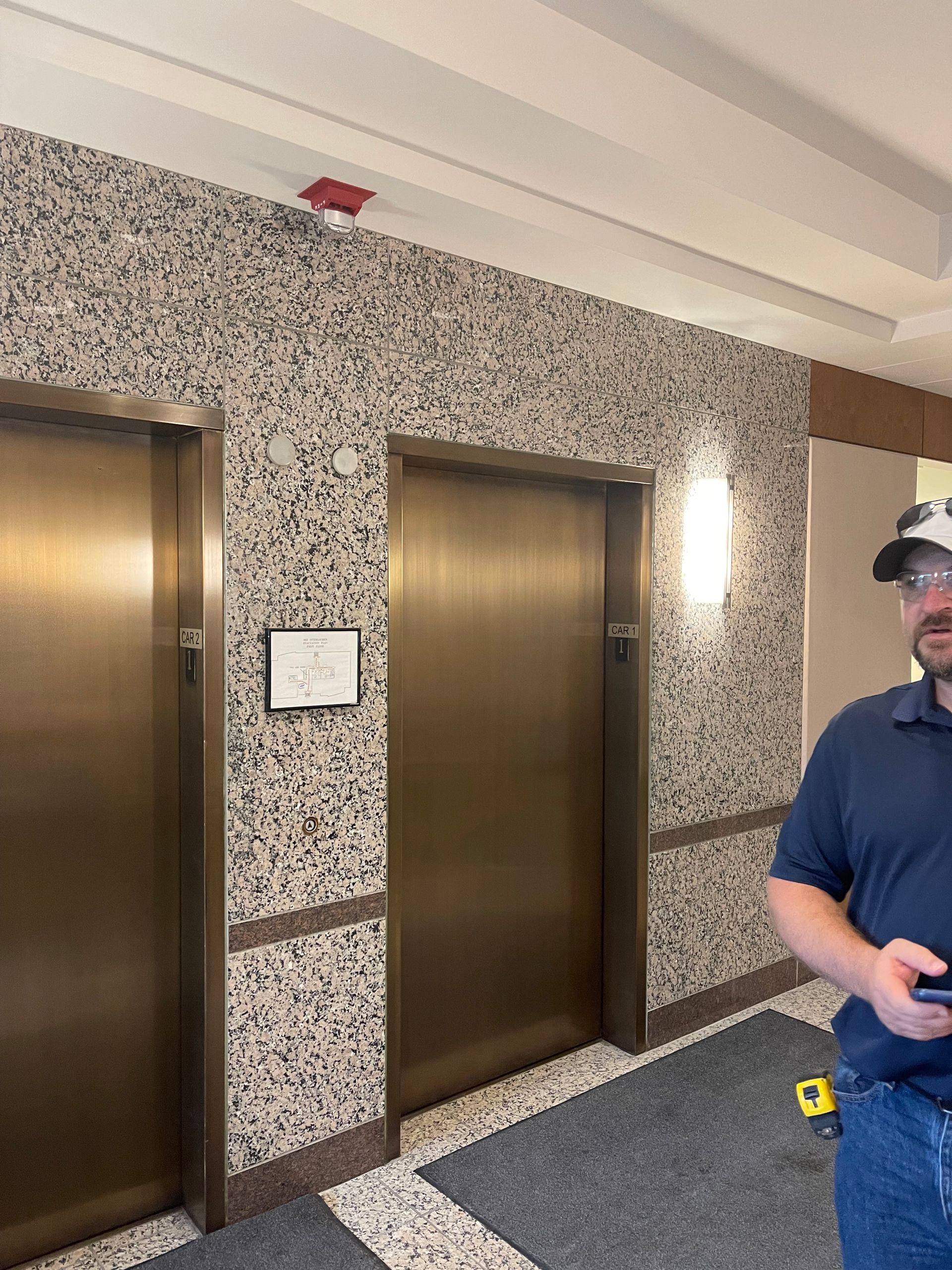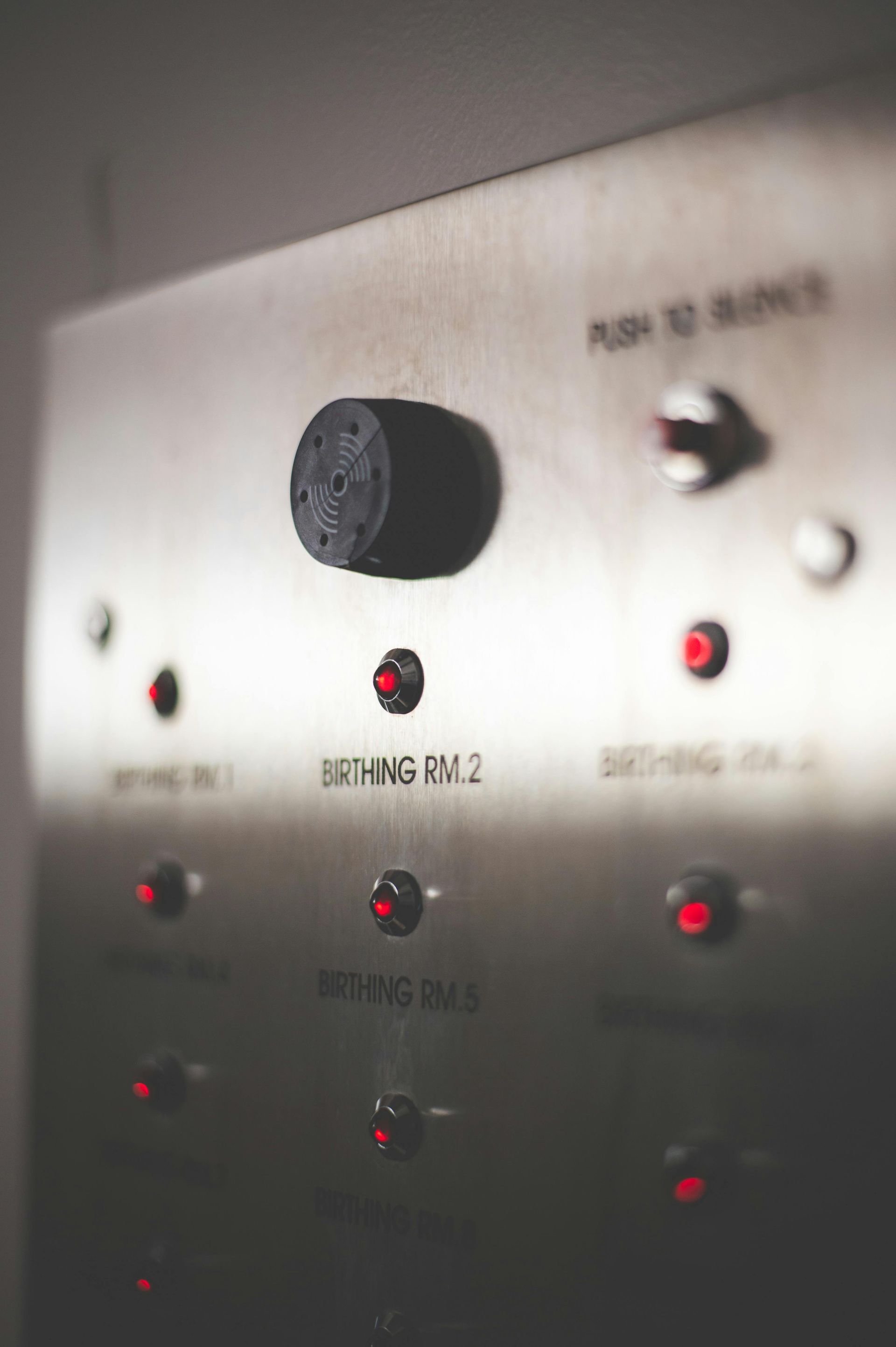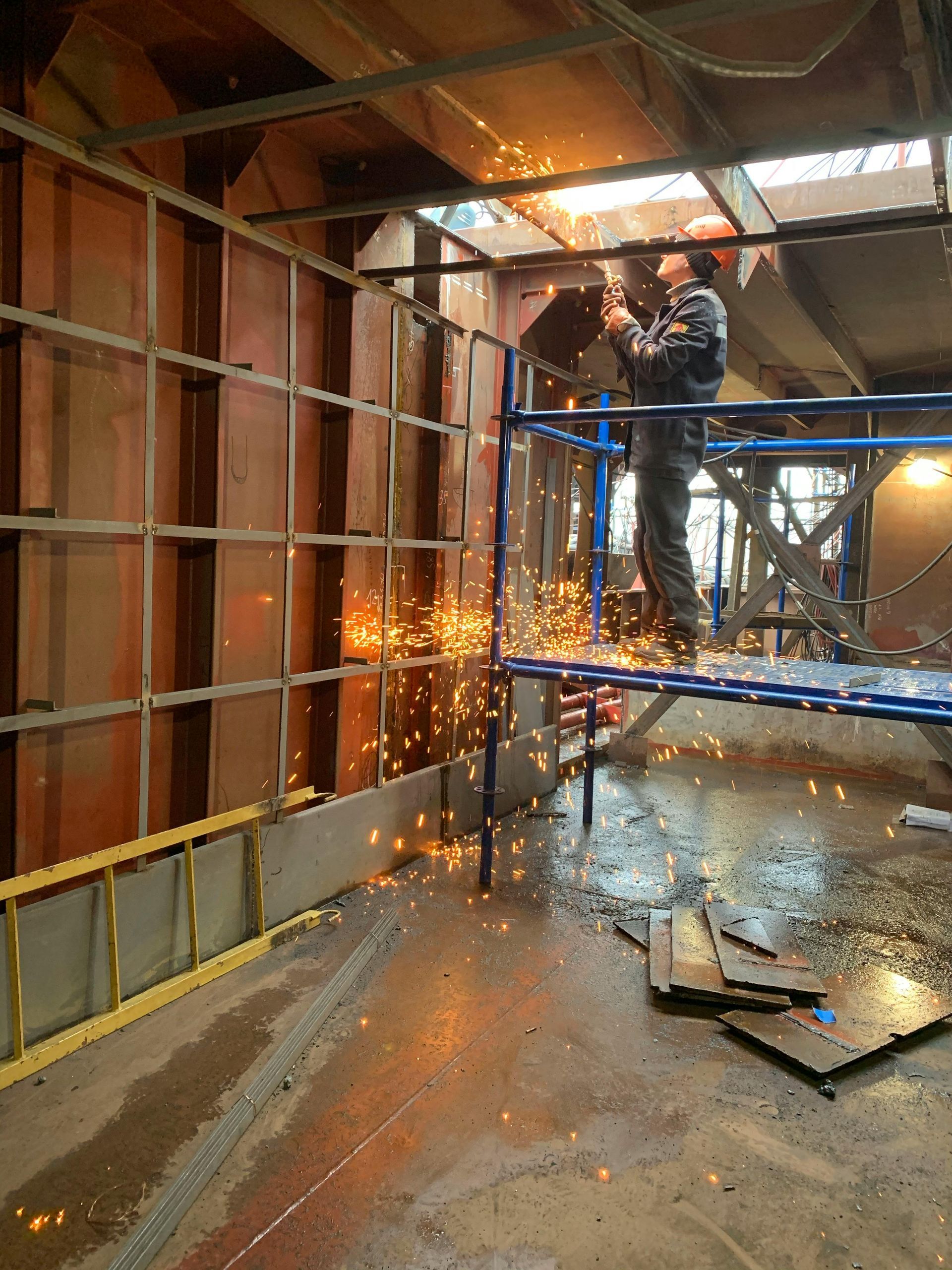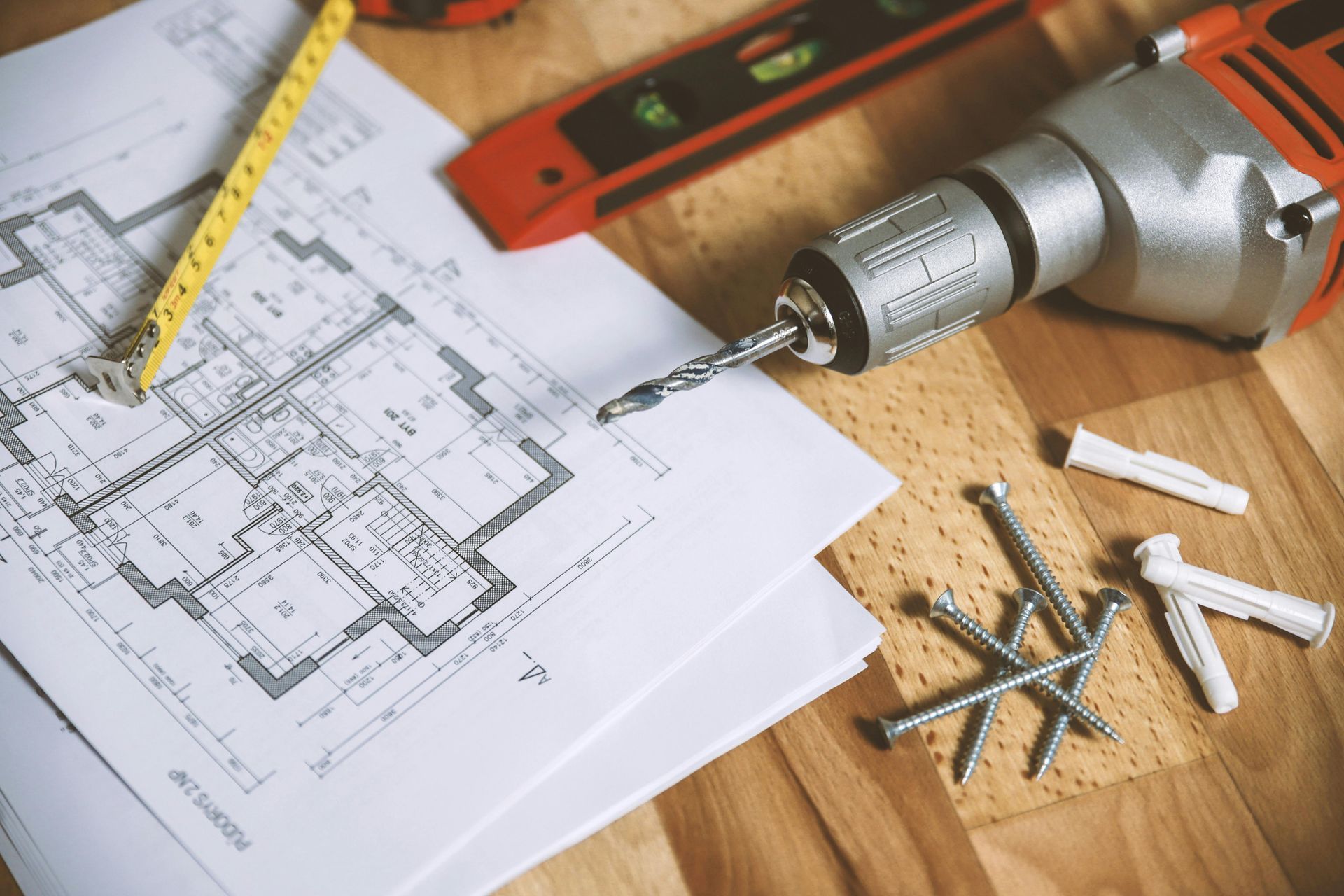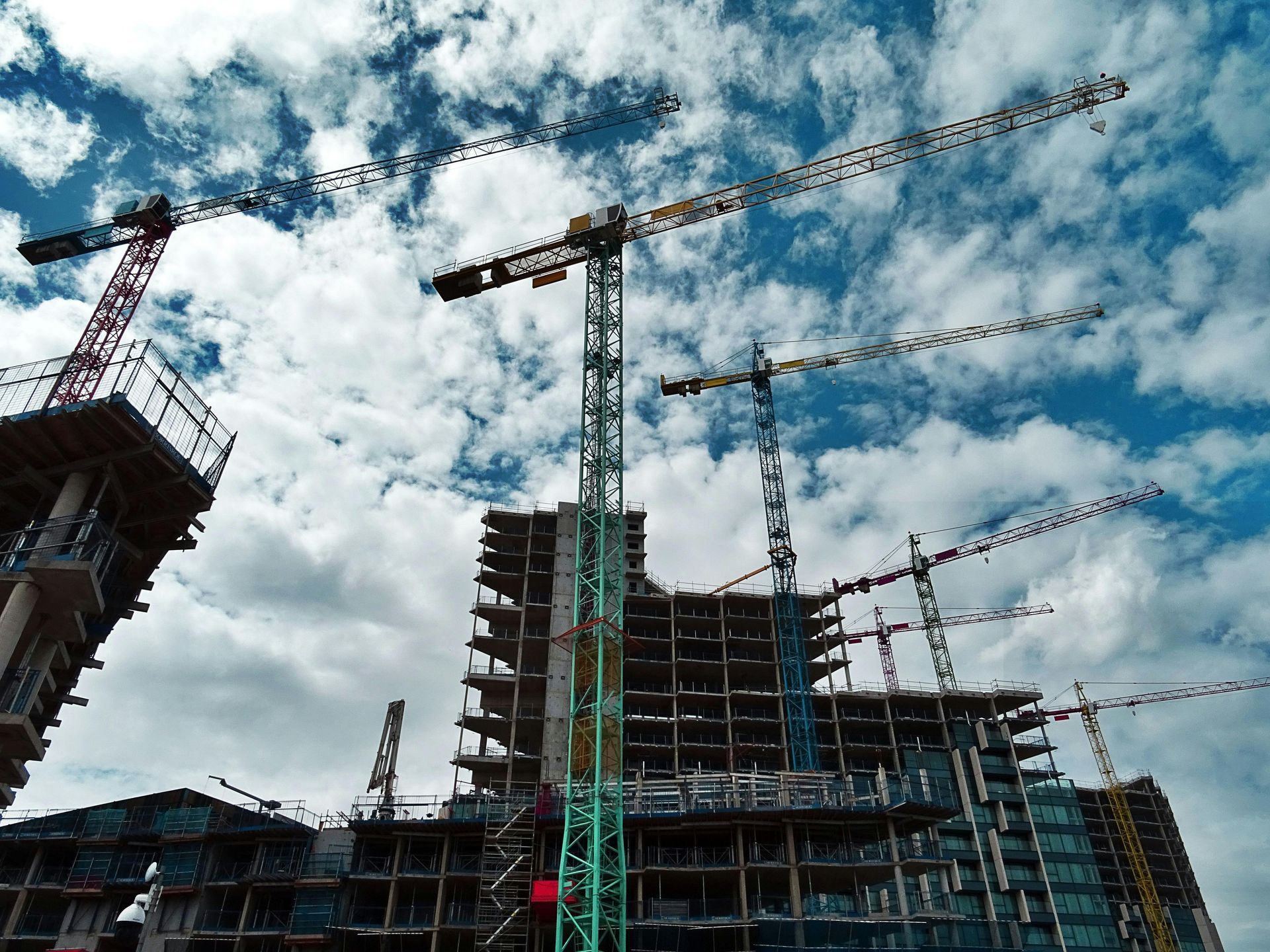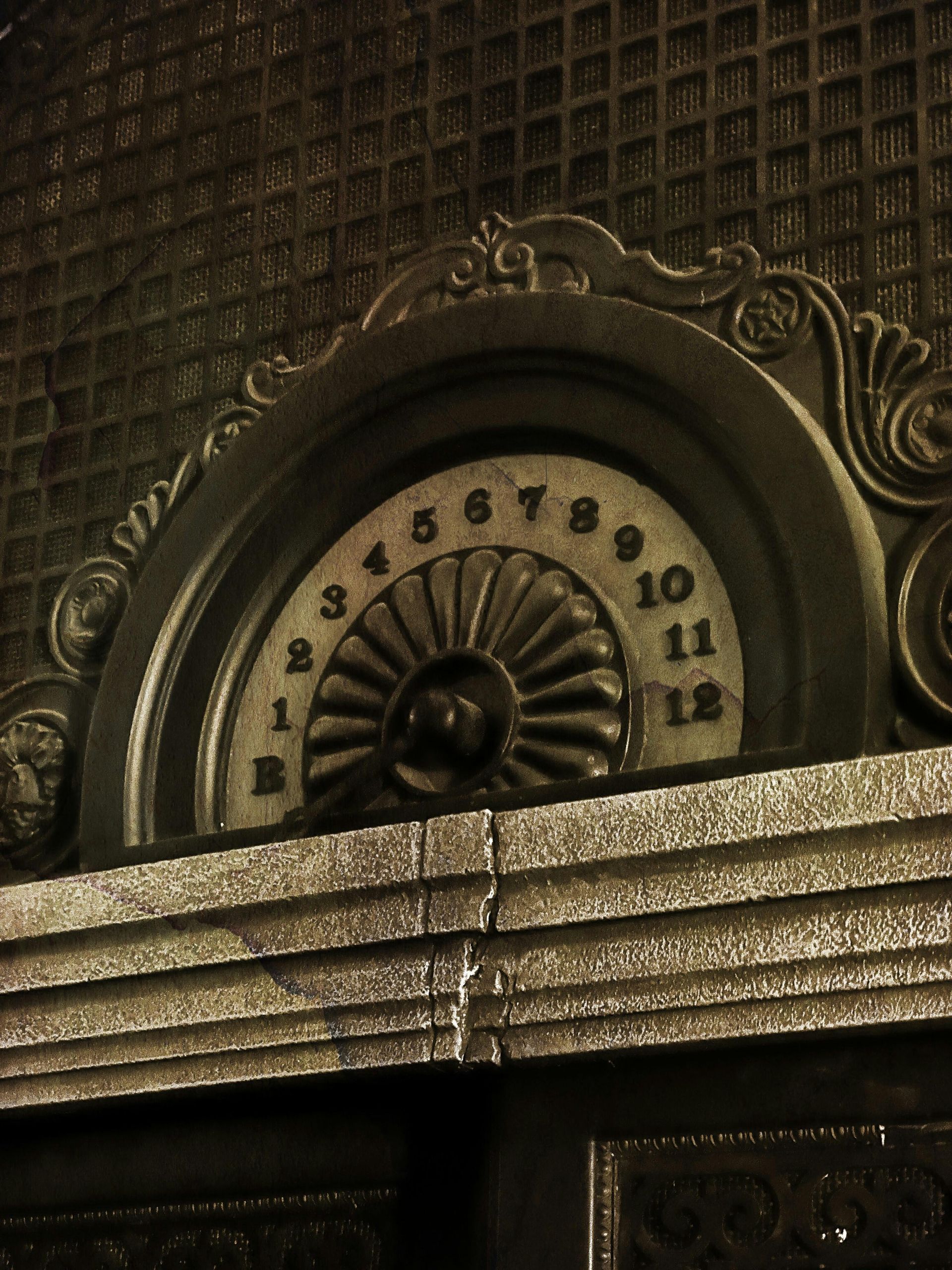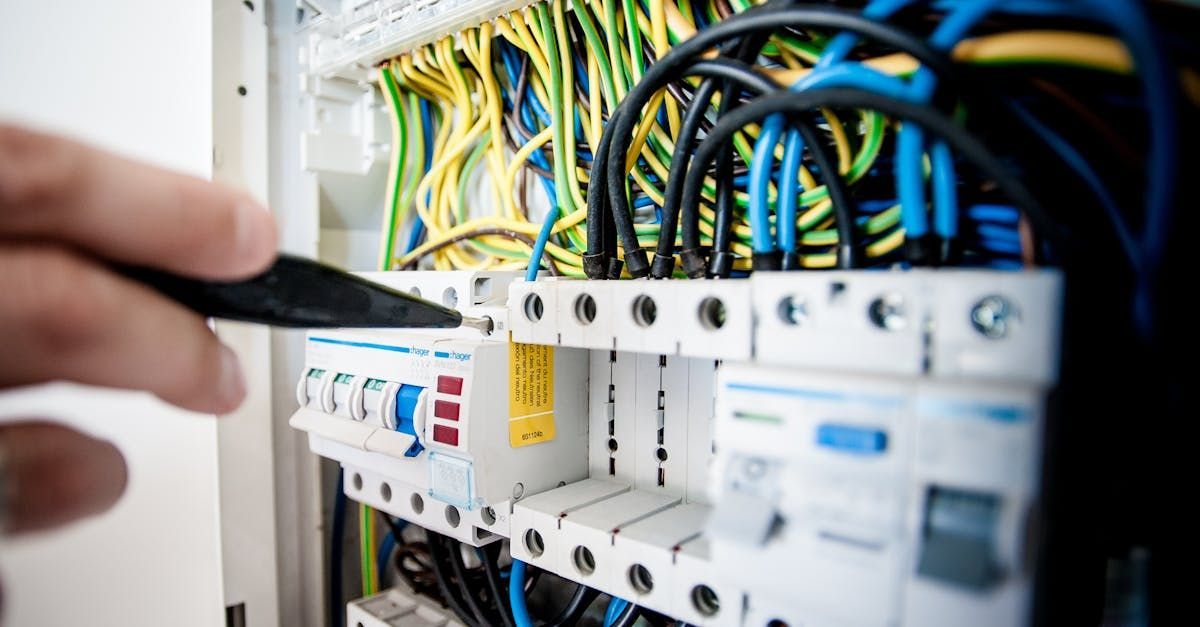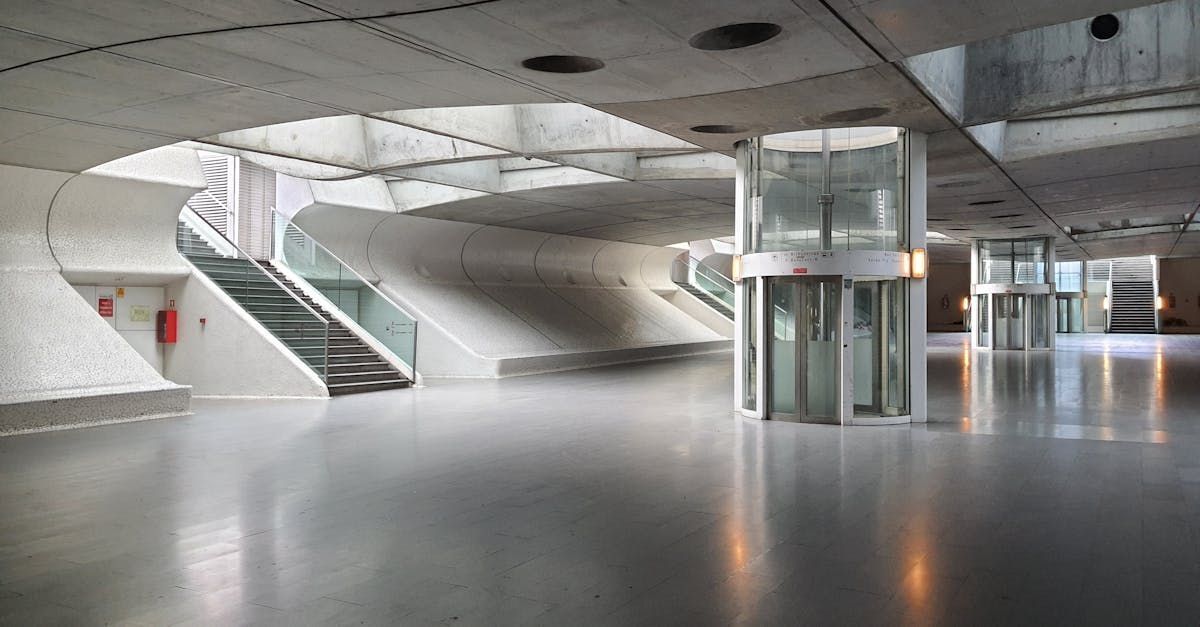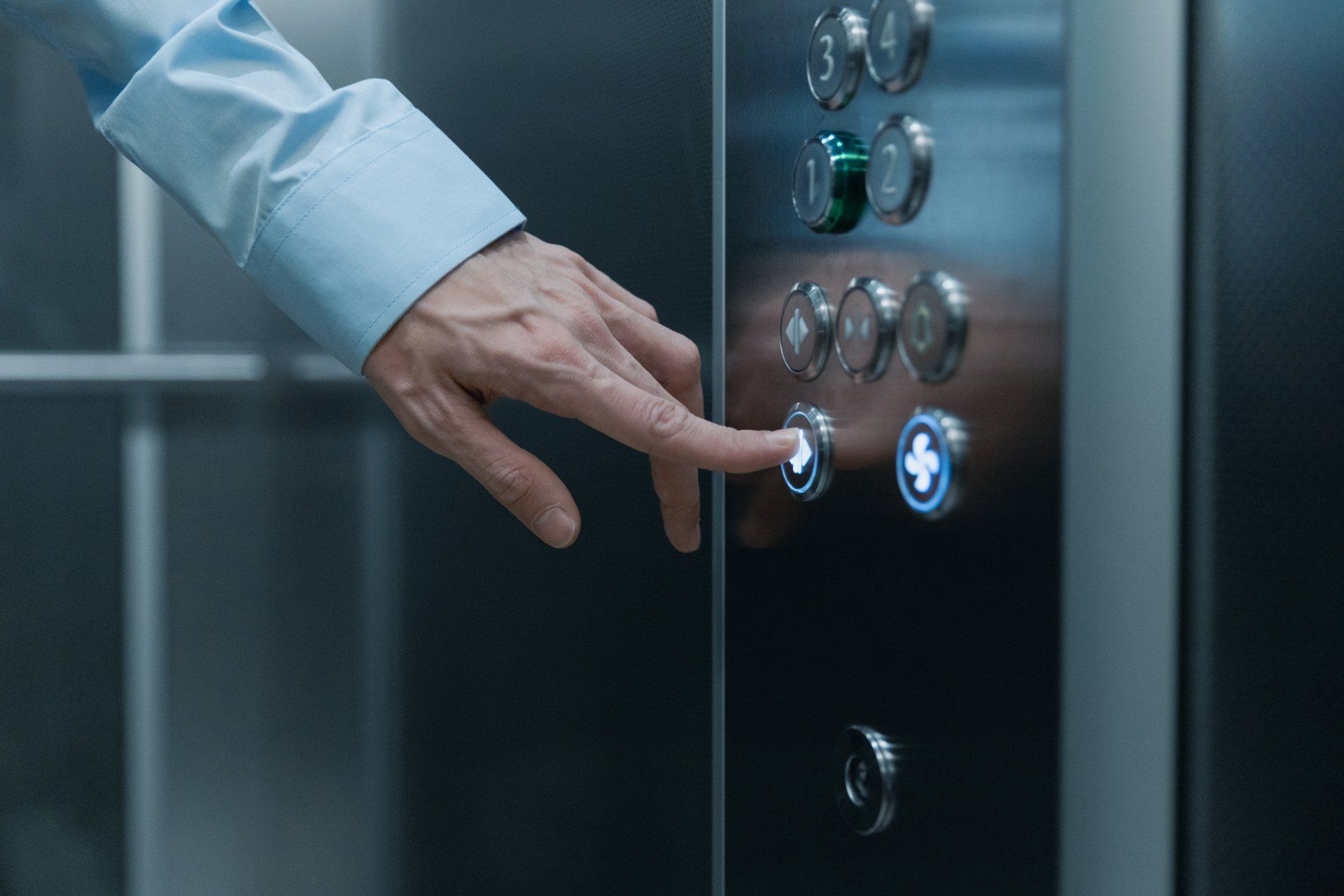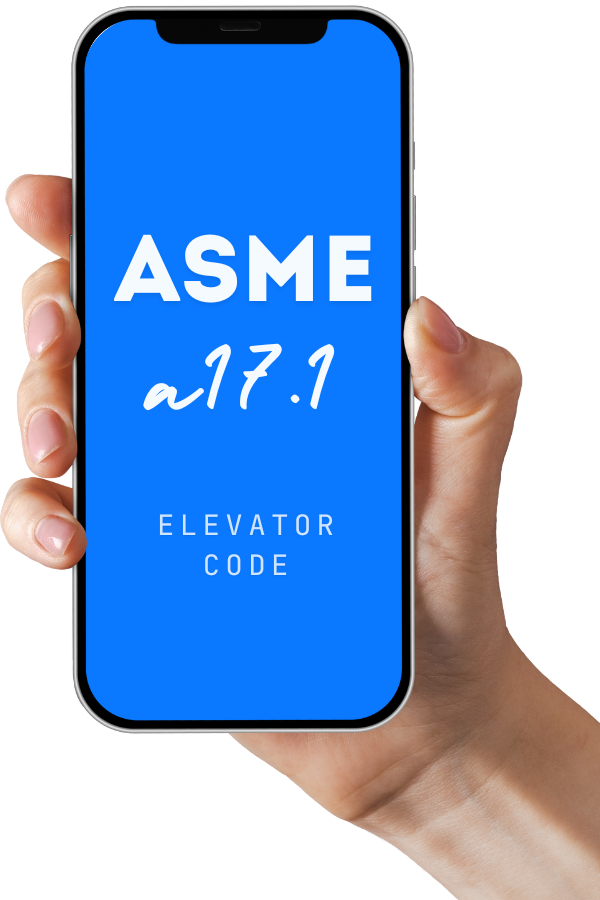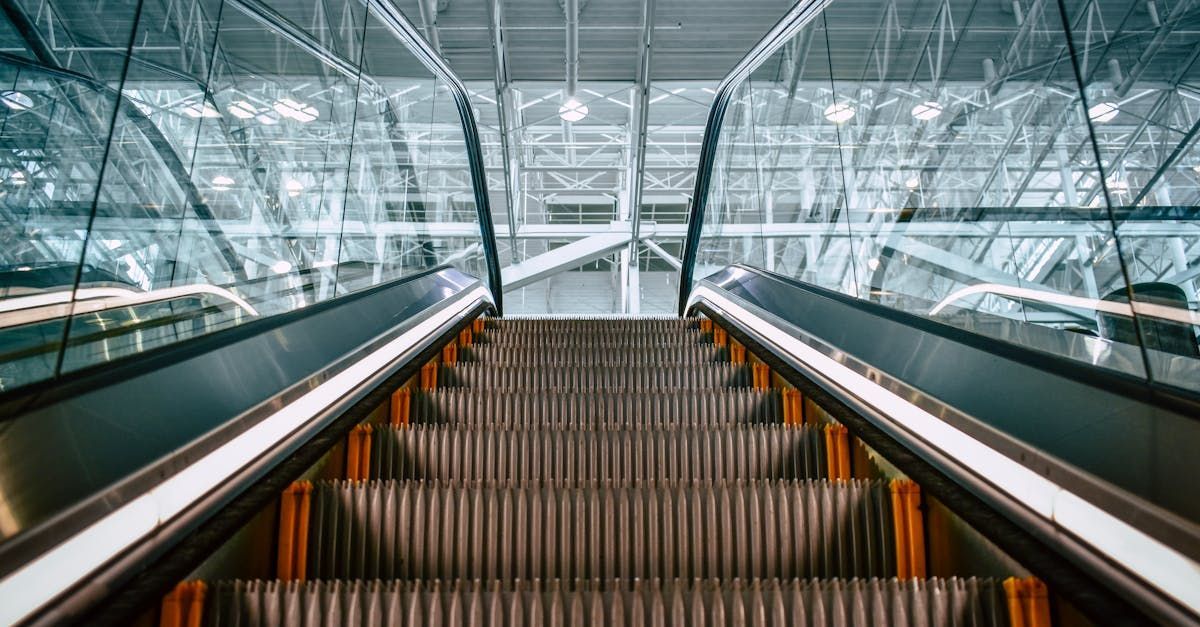Hydraulic Vs. Traction Elevator
Key Highlights
- Hydraulic elevators utilize a piston and fluid system for movement and are typically found in low-rise buildings.
- Traction elevators, on the other hand, use steel ropes and a counterweight system, making them suitable for mid to high-rise structures.
- Energy efficiency is a significant factor when comparing the two, with traction elevators generally being more efficient.
- Installation costs for hydraulic elevators tend to be lower, but their maintenance requirements can vary compared to traction elevators.
- When deciding between the two, factors like building height, weight capacity, and budget play a crucial role.
Introduction
Navigating elevators can be hard, especially with words like "hydraulic" and "traction." This guide will help you see the differences between these two types of elevators. We will explain how both hydraulic and traction elevators work. This way, you can make better choices for your building project.
Understanding Hydraulic Elevators
Hydraulic elevators are a good choice for moving between floors. They work best in low-rise buildings and often cost less than other options. These elevators lift and lower the elevator cab using a simple, strong system.
A hydraulic elevator uses a pump to push oil into a cylinder. This makes the piston move up and lifts the elevator car. To lower the elevator car, the valve opens. This lets the oil flow back into the reservoir, lowering the elevator slowly and safely.
Core Mechanism and Components
At the center of a hydraulic elevator is its hydraulic system. This system has some key parts that work together for smooth function. These parts usually include:
- A reservoir that stores the hydraulic fluid, which is often oil. More eco-friendly choices, like vegetable oil, are becoming more common.
- A strong hydraulic pump that pushes the fluid into the hydraulic cylinders.
- Valves that control the flow of the fluid and guide the movement of the elevator car.
- Strong hydraulic cylinders and pistons. When the pump sends fluid into these cylinders, it moves the piston. This movement makes the elevator go up or down.
Ideal Use Cases and Applications in the US
Hydraulic elevators are useful in many places across the US. Here are some examples of when they are the best choice:
- Low-rise buildings: You'll often see hydraulic elevators in buildings that have two to five floors. They work well for shorter distances, making them a good option for these buildings.
- Freight elevators: Hydraulic elevators are strong and can handle heavy loads. They are practical for moving goods because they can lift a lot of weight.
- Accessibility in existing buildings: If it's hard to add an elevator shaft to an older building, hydraulic elevators can help. They are flexible in design and can be installed with little change to the building, making them a smart choice for upgrading older commercial buildings.
Delving into Traction Elevators
Traction elevators work differently than hydraulic systems. They use steel ropes, a pulley system, and a counterweight to move the elevator car up and down. This way of working has several benefits. It makes traction elevators a popular choice for many types of buildings.
One major benefit is their energy efficiency. The counterweight helps balance the weight of the elevator cab and its passengers. Because of this, the motor does not have to use as much energy. This leads to lower energy consumption overall.
Fundamental Working Principle
The way a traction elevator works depends on how its parts work together:
- Strong steel ropes connect the elevator cab to a counterweight. They form a loop that runs over a sheave.
- The pulley system is at the top of the elevator shaft. It holds the motor and the sheave, which is a wheel with grooves for the ropes.
- When the motor spins the sheave, the ropes move. This pulls the elevator car up or down. The counterweight usually weighs the same as the car plus an extra 40-50% of its capacity. This helps balance everything, so the motor needs less energy to move the car.
Preferred Scenarios for Installation
Traction elevators are often the best choice for certain situations because of their design and features:
- High-rise buildings: When buildings have more than five stories, traction elevators work well. They can move up and down long distances easily.
- High-traffic areas: Gearless elevators, which are a kind of traction elevator, are great for busy places like malls or office buildings. They move faster and give a smoother ride.
- Buildings with strict design needs: Some modern buildings may need to hide their machinery. Traction elevators can have the machine room either at the top or bottom of the elevator shaft, or even in a separate machine room. This offers more design flexibility.
Comparative Analysis: Hydraulic vs. Traction Elevators
Choosing between hydraulic and traction elevators means thinking about several things. You should consider the height of the building, how much weight it needs to carry, and the budget you have. Hydraulic elevators are a good choice for low-rise buildings and are budget-friendly. However, they might not work well in taller buildings.
On the other hand, traction elevators are efficient and fit well in high-rises, but they usually cost more to install. It is important to know the pros and cons of each type. This will help you make the best choice for your needs.
Energy Efficiency and Environmental Impact
When comparing energy efficiency, traction elevators generally have the upper hand. The use of a counterweight system significantly reduces the energy consumption as the motor doesn't need to exert as much power to move the car. In contrast, hydraulic elevators require more energy as the hydraulic pump needs to work against gravity to push the fluid and lift the car.
This difference in energy requirements translates to varying environmental impacts. Traction elevators, especially gearless models, are generally considered more environmentally friendly due to their lower energy consumption. Hydraulic elevators, while being robust, may have a larger carbon footprint.
Installation Complexity and Cost Implications
In terms of installation, hydraulic elevators are usually easier to set up. They need less space, and the machine room is often next to the elevator shaft. This makes it cheaper to install hydraulic elevators compared to traction elevators.
Traction elevators have a more complex system with ropes, counterweights, and sheaves. They need more machinery and a bigger machine room, which is often at the top of the shaft. This added complexity can mean higher installation costs. They may also require drilling a hoistway, which adds more to the overall cost.
Conclusion
In conclusion, it is important to know the differences between hydraulic and traction elevators. This knowledge helps you make smart choices in construction projects. Hydraulic elevators work well for low-rise buildings. On the other hand, traction elevators are better for high-rise buildings because they save energy and have good safety features.
When choosing the best elevator for your building, think about things like long-term maintenance and installation costs. By considering factors such as environmental impact and energy efficiency, you can ensure that the elevator you pick fits your project's needs well.
Frequently Asked Questions
What makes traction elevators a better choice for high-rise buildings?
Traction elevators, like gearless elevators, work great in high-rise buildings. They use steel ropes and a pulley system. This setup helps them go faster and provides smoother rides. They can travel long distances while keeping energy consumption low.
How do hydraulic elevators enhance safety in low-rise constructions?
The design of hydraulic elevators uses a hydraulic system with hydraulic fluid and hydraulic cylinders. This setup makes them very safe in low-rise buildings. The system works well with fluid mechanics, allowing controlled descent, even if the power goes out.
Can hydraulic elevators be retrofitted to become more energy-efficient?
Hydraulic elevators are not as efficient as traction elevators. However, we can make some changes to improve their energy efficiency. One way is to add a variable frequency drive (VFD) to the hydraulic pump. This helps control the motor speed. Another option is to use vegetable oil instead of traditional hydraulic fluid. Both of these changes can lead to lower energy usage.
What are the long-term maintenance differences between the two types?
Hydraulic elevators are strong and need less maintenance than traction elevators. They are usually built well, but some parts, like seals in the hydraulic system, might need checking now and then. Traction elevators, especially gearless ones, often need more upkeep. This is because they have more complicated machinery and moving parts.
Are there specific building codes in the US favoring one type over the other?
In the US, there are no specific building codes that prefer one elevator system over another. However, regulations often determine which system is best for each building. This depends on factors like the building's height, available space, its purpose (residential or commercial elevator), and US standards for accessibility.

